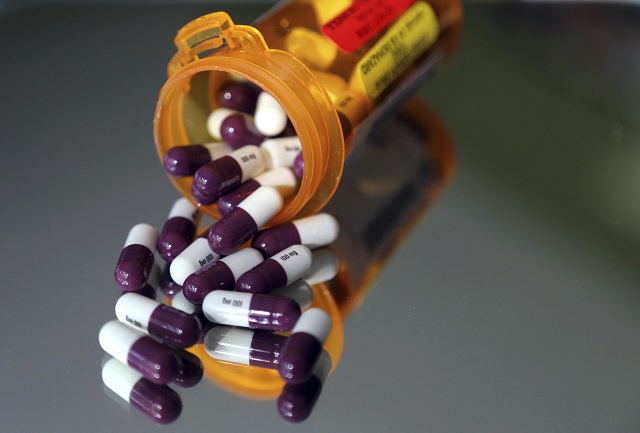
(AP Photo/Elise Amendola)
*This piece was originally published on November 30th, 2018
In the ‘90s, most of the world’s medicines were manufactured in the United States, Europe and Japan. Today, almost 80% of them come from China. In her book, China Rx: Exposing The Risks Of America’s Dependence On China For Medicine, Rosemary Gibson says that China is becoming the world’s pharmacy, but that development, she argues, comes with many risks.
Three Takeaways:
- Initially, manufacturing drugs in China made them more affordable. But according to Gibson, cheap drugs come with a hidden cost: inconsistent quality. And she argues that considering the safety of our medications, over the cost of them, should be a priority.
- Gibson says that China’s control of the pharmaceutical market has led to the formation of drug cartels and pharma-gangsters. And that, she explains, has not only made us vulnerable to acts of coercion, but also susceptible to drug shortages.
- Gibson says that commodifying medicine puts the livelihoods of many Americans at risk. She wants leaders in the pharmaceutical industry to start thinking about medicine as a strategic asset - one that doesn’t serve corporate agendas, but aims to benefit the public interest.
More Reading:
- China is the world’s most prolific manufacturer, but according to Quartz, that may not last long.
- The Wall Street Journal writes that the first fully-Chinese manufactured drug hit the market in 2007. The rest is history.
- Bloomberg reports that venture capital investment in the Chinese pharmaceutical industry has helped China become the world’s biggest drugmaker.

